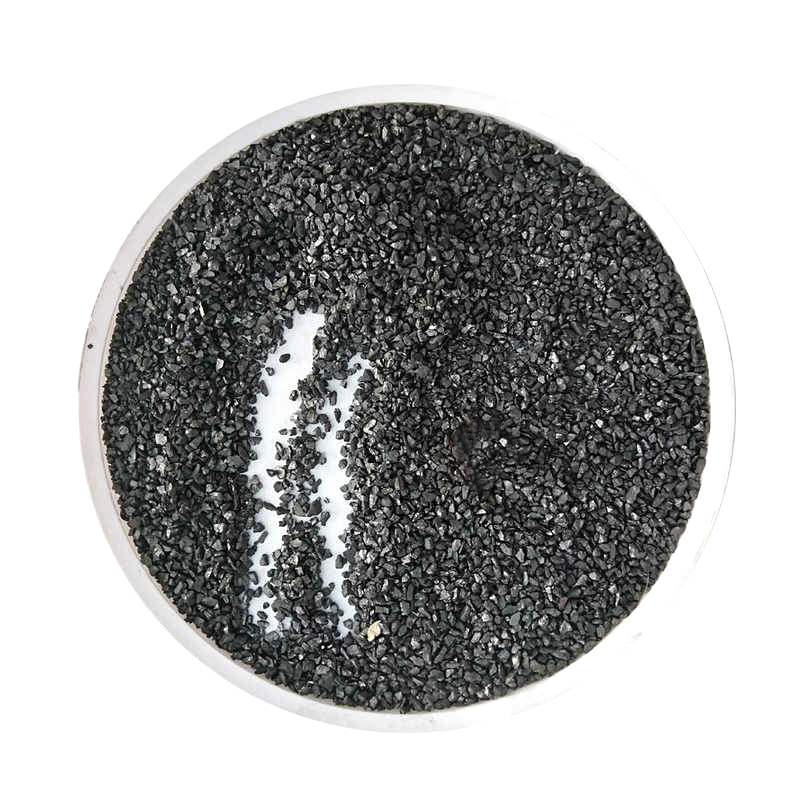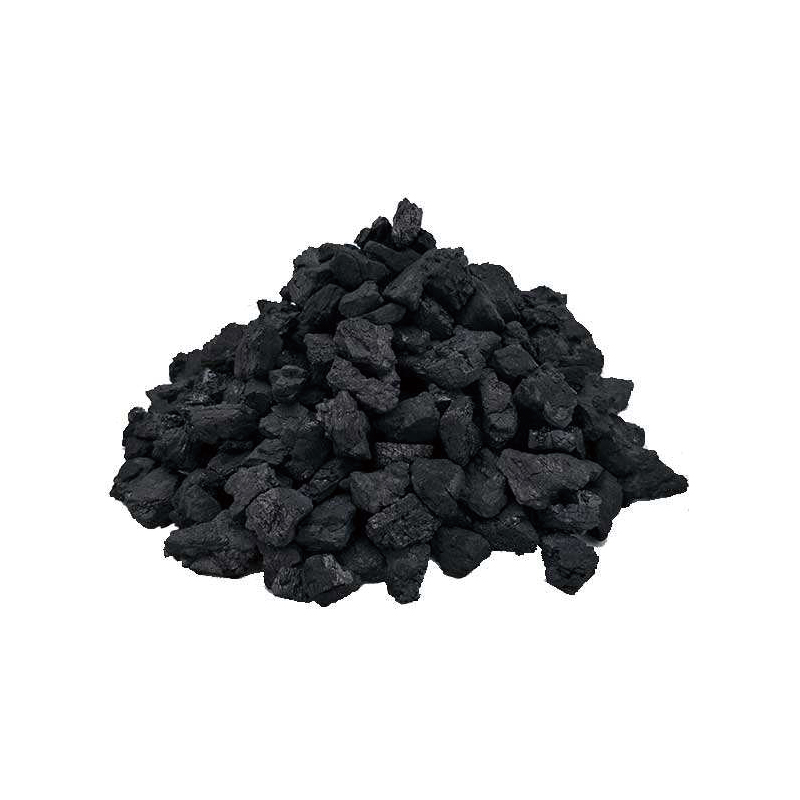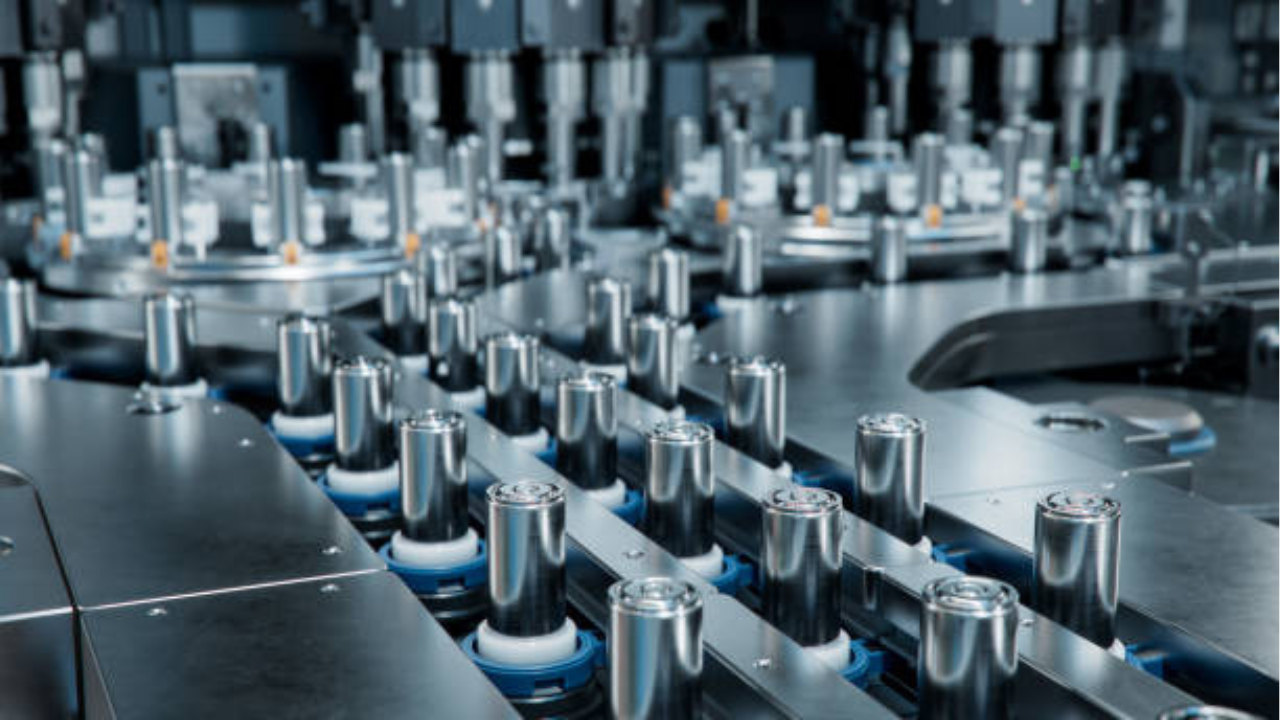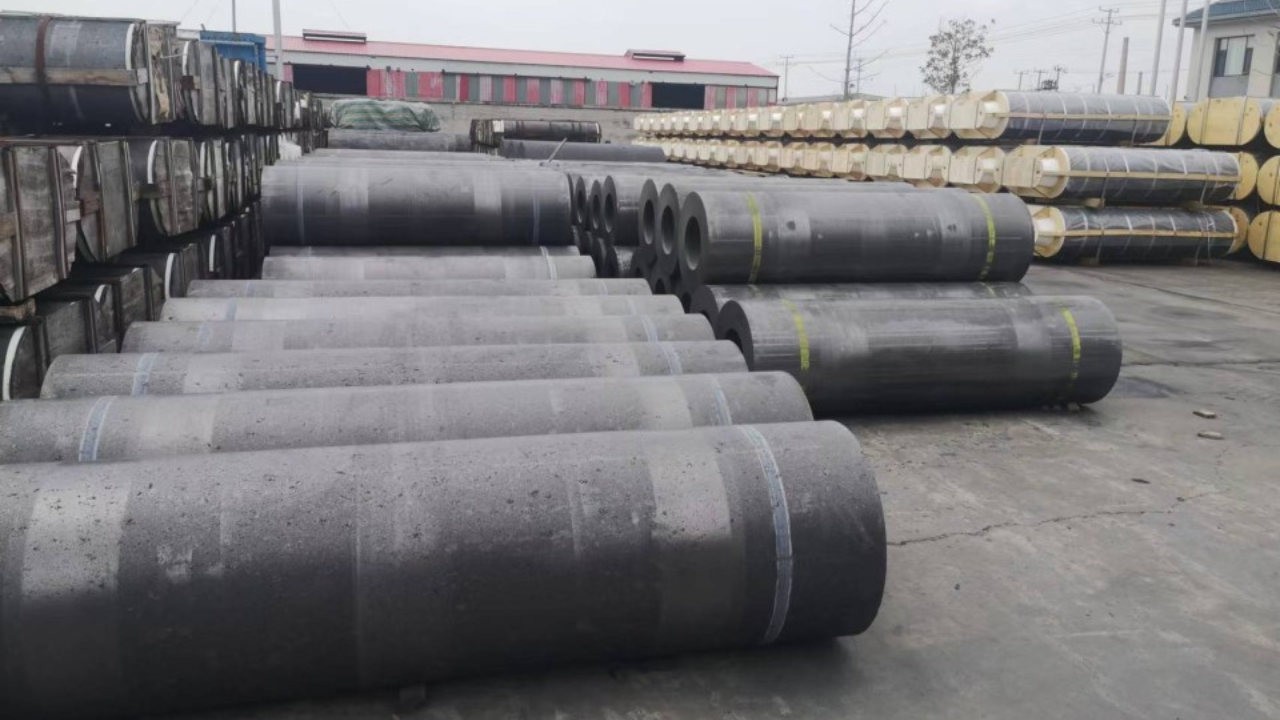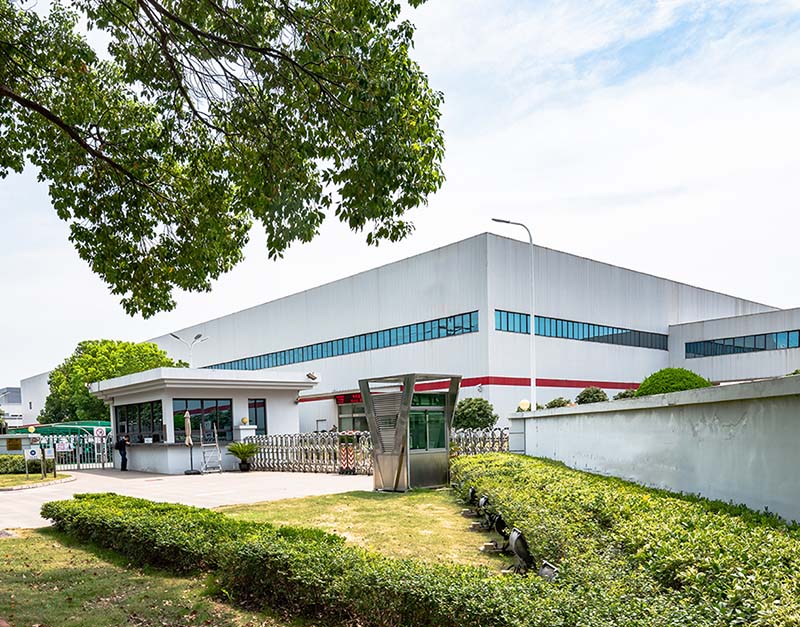Electronics & Thermal Management
-
Semiconductor Manufacturing: Graphite components including heaters, electrodes, and crucibles are essential in semiconductor production processes due to their high melting point, excellent thermal conductivity, and electrothermal properties.
-
Thermal Management Solutions: Graphite sheets and heat spreaders provide advanced thermal regulation for electronics. A recent breakthrough from HydroGraph demonstrated that oxygenated graphene coatings can increase copper’s heat transfer coefficient by 152%, offering significant improvements for cooling high-power microelectronics in computers, EVs, and data centers.
-
Graphene Production: Graphite serves as the primary raw material for producing graphene sheets, which exhibit extraordinary electrical and thermal conductivity, mechanical strength, and flexibility for applications in electronics, composites, and energy storage.
-
Touchscreen Technology: Graphene-derived transparent conductive films enable next-generation flexible and durable touchscreens for smartphones, watches, and human-machine interfaces, leveraging its exceptional electrical conductivity and optical transparency.

Transportation Applications
-
Automotive Braking Systems: Graphite is used in brake linings and pads (approximately 3% of natural graphite use) for its ability to modulate friction effects, dissipate heat from contact areas, and prevent overheating of friction elements.
-
Aerospace Components: Synthetic graphite is utilized in rocket and jet engine nozzles due to its high-temperature resistance, stability, and chemical inertness. It’s also used in aircraft fuel pumps, bearings, bushings, and vanes where its spark-resistant properties prevent fuel ignition.
-
Electric Vehicle Infrastructure: Beyond batteries, graphite is used in various EV components including thermal management systems, electrical contacts, and composite materials that reduce weight while maintaining strength.
Specialized Industrial Applications
-
Nuclear Reactor Components: Graphite serves as a neutron moderator in nuclear reactors due to its ability to absorb fast-moving neutrons while maintaining structural stability under high radiation and temperature conditions.

-
Chemical Processing Equipment: Impervious graphite is used in heat exchangers, reactors, and piping systems for chemical processing due to its excellent corrosion resistance to most acids, alkalis, and organic solvents.
-
Graphite Synthesis Systems: The Acheson furnace process, which uses direct electric current through graphite resistors, remains crucial for producing high-purity synthetic graphite, though it consumes substantial energy (4,000-4,800 kWh per ton) .
Emerging & Innovative Applications
-
Medical Technologies: Graphene derived from graphite shows promise for drug delivery systems, biosensors, implants, and therapeutic tools. Its biocompatibility and unique properties enable advancements in cancer treatment, dental implants, water purification, and DNA sequencing.
-
Advanced Composites: Graphite-reinforced polymers create lightweight, high-strength materials for sports equipment (tennis rackets, golf clubs), aerospace components, and automotive parts, offering superior stiffness and shock absorption.
-
Conductive Inks and Coatings: Graphite powders are formulated into conductive inks for printed electronics, EMI shielding, and antistatic applications, with recent advancements enabling aerosol application for thermal management coatings.


